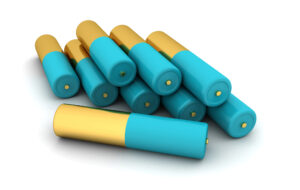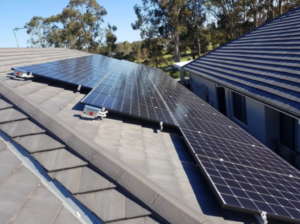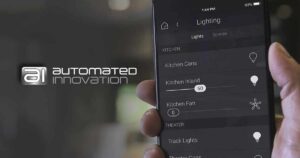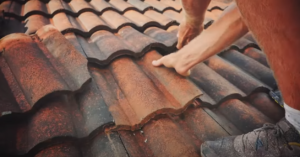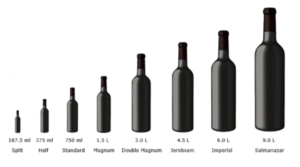Differences between digital printing and offset printing
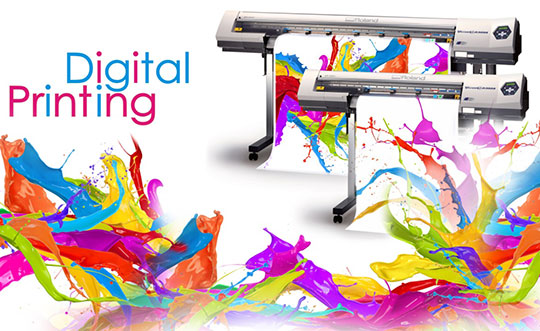
Many users wonder what is the difference between offset printing and digital printing. The truth is that choosing between one or the other will depend on the needs of each one. The quality of digital printing is similar to that of offset, so it will depend on what we want to achieve by choosing one or the other.
Today at Jennings Print we tell you what the advantages and disadvantages of each are and we explain what they consist of.
What is digital printing?
Digital printing is any printing where the information passes directly to the printing device, without using plates or other intermediate processes. We can find printers that perform digital offset.
Digital printers of this type allow high quality and the print comes out dry so you can handle the product on the spot. This way, short runs can be printed very quickly.
This type of technology replaces the analog aluminum plate with a PIP unit, a virtual plate that is painted and erased with each turn of the drum. These types of virtual plates are electrically charged and covered with electro inks that are transferred to a rubber blanket and then to the paper, allowing the ink to penetrate the imperfections of the paper and guarantee maximum adhesion.
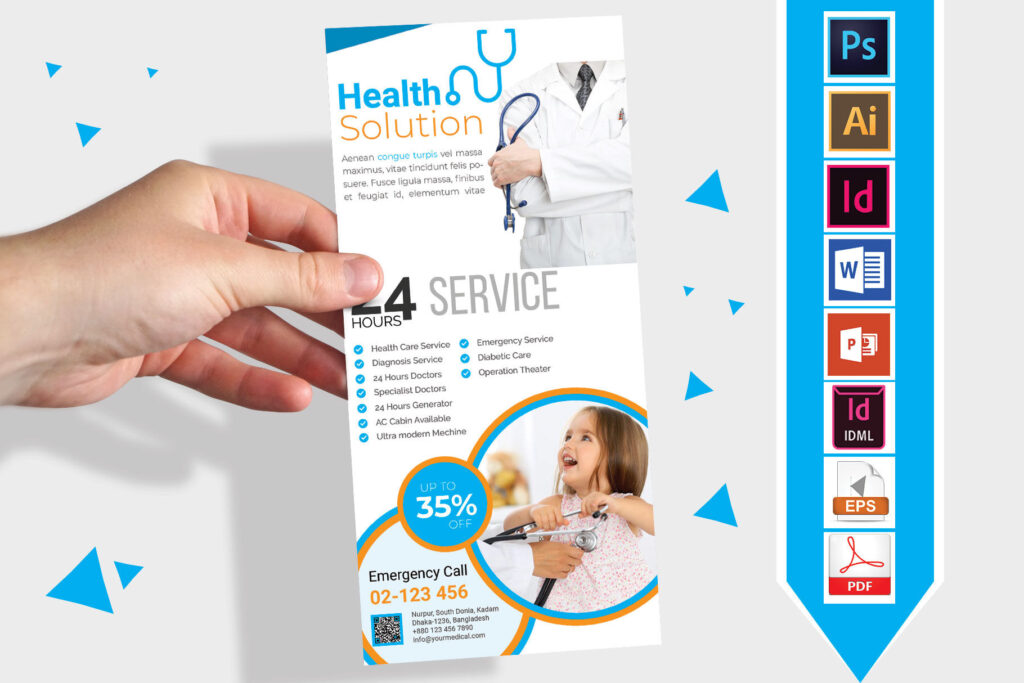
Advantages and disadvantages of digital printing
Digital printing has multiple advantages:
- The commissioning machine is instantaneous
- Short runs can be printed
- The system accepts all types of media such as PVC or vinyl, among others
- Variable data can be used to customize sheets
- Can be manipulated on the spot
Although we can also find some drawbacks:
- The cost of printing is fixed, so large runs do not get cheaper
- The size of the blade is smaller than offset
- The range of papers that can be used is more limited
What is offset printing?
Offset printing is a printing system in which a plate is partially wetted with water to repel greasy ink. Four-color CMYK (Cyan, magenta, yellow and black) inks are used for offset printing. All design information such as images, colored backgrounds, etc. they break down into different percentages in those colors. With this information the aluminum plates will be engraved and by means of a laser what we want to print is drawn on the plate. But we will need one plate for each ink.
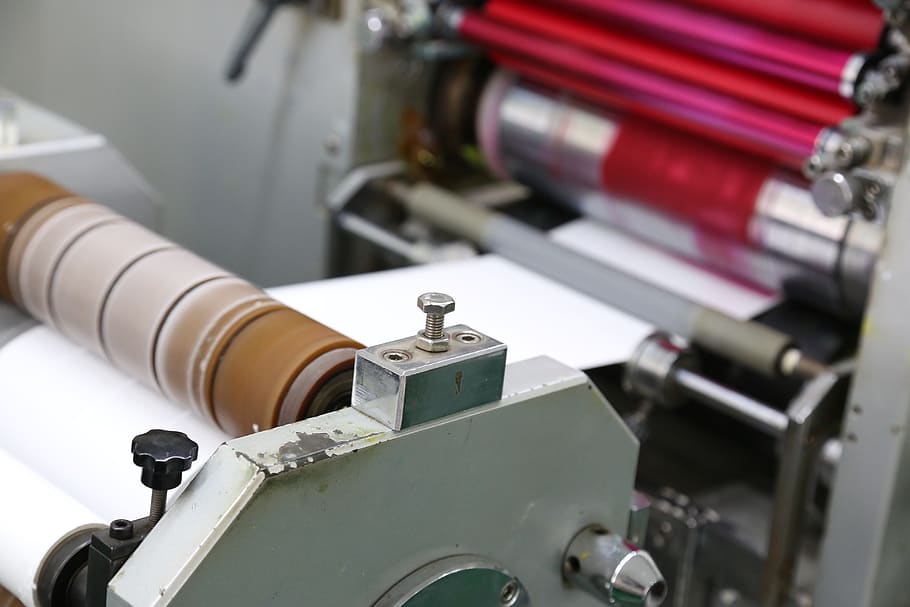
Offset printers are divided into printing units. Each print body can only print one of the CMYK colors. And although all printing bodies are the same, the color will depend on the ink we put on it. The plate is rolled up on a plate cylinder, the wetting rollers apply water with additive. In areas where there is no drawing, small drops of water remain in microscopic pores on the plate, and in areas where there are, the pore is closed by the heat of the laser, leaving it dry.
Thus, the ink rollers apply the ink. As this is grease, the areas where there are drops of water repel it and the ink stays in the areas that are not wet, in the drawing.
Advantages and disadvantages of offset printing
Some of the benefits of offset printing are:
- Large print runs at an affordable cost
- Faster than digital for large runs
- Excellent photographic quality
- All kinds of papers can be used
- Supports the use of other specialty inks
- Paper sizes are larger than digital printing
But it also has some disadvantages:
- The commissioning machine is expensive
- The inks can cause if left overpainting not dry
- The result cannot be manipulated until 24 hours have passed.
- All copies must be the same, they cannot be personalized.
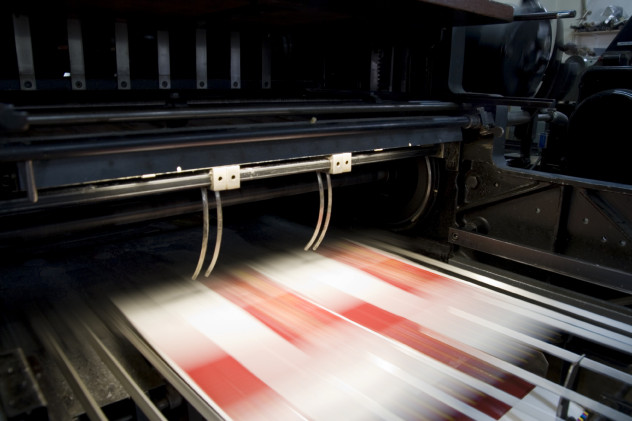
So do I choose digital printing or offset printing?
Questions often arise as to which printing method is the most suitable. But it will depend on a series of factors to choose one or the other.
- Quantity of copies: if you need few copies, the ideal is to bet on digital printing. From 500 catalogs or 2000 brochures it is more suitable to use offset printing because it is cheaper and runs can be done in less time.
- Urgency of the job: digital is very fast, since the ink comes out dry and can be bound on the spot. However, the offset printing process can take several days because you have to generate the plates, print the project, let the ink dry and bind.
- Result size: 70x100cm sheets can be printed on offset machines, but the digital size is 33 × 48. If you want to print a large advertising product you will have to resort to the offset technique even if there are few copies.
- Printing media: the range of offset printing papers is very wide. Most, but not all, can be printed digitally.

If you print with us, you won’t have to worry about which technology to choose. Contact us if you need to print any type of project, we will ensure that you have a job of the highest quality within the agreed period and at the best possible price.
You may also like to read: Printing in Cheap, risks, and consequences

